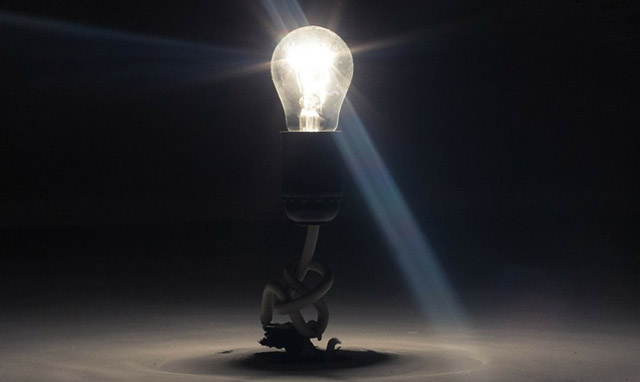
If there is no technical breakdown this week, Eskom will meet electricity demand, the parastatal said on Thursday.
“The power system will remain constrained until new generating capacity comes on stream, a process which is expected to take about two to three years,” Eskom said.
“This doesn’t mean that there’ll be load shedding every day for the next three years.”
It said rolling blackouts would only be implemented as a last resort to protect the power system.
Eskom implemented stage one load shedding on 9 January due to high electricity demand and the unavailability of some of its generating units.
Stage one allows for up to 1GW of the national load to be shed, stage two for up to 2GW, and stage three for up to 4GW.
Last Thursday, Eskom CEO Tshediso Matona said government shared responsibility for the country’s power problems as it dealt with policy. This included electricity prices set by the National Energy Regulator of South Africa.
Matona reiterated that the country’s power supply would remain severely constrained in the coming months while Eskom dealt with its maintenance backlog.
He said maintenance had been neglected in recent years and at times was deferred to keep the lights on.
In February, 900MW would be taken off the grid to allow for maintenance of one of the Koeberg nuclear power station’s units.
On Wednesday, President Jacob Zuma told the World Economic Forum in Davos-Klosters that the country’s electricity infrastructure was not designed to serve 11m households.
“This extension of electricity to more households that had been excluded in the past, coupled with a growing economy, have sharply put pressure on the infrastructure, which needs improved maintenance and expansion.”
Zuma said South Africa was considering options to increase available electricity generation capacity and to manage demand over the next six months, in order to reduce the risk of power cuts. — Sapa




